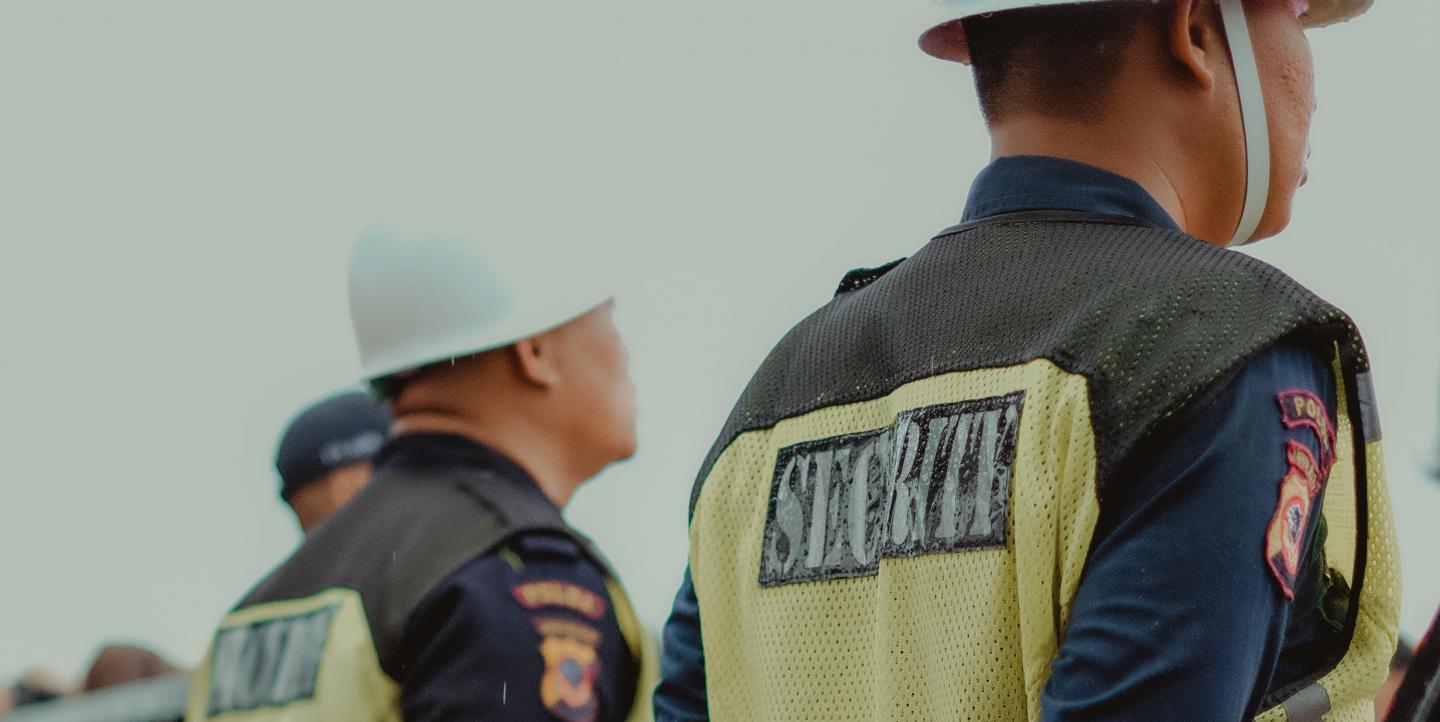News reporting always entails a degree of risk for the journalists. Some interviews, stories and investigations are more dangerous than others, and as a result, a number of protocols, guides and tips have been developed for reporters. In traditional media, a team — a driver, a photographer and a reporter — is usually in charge of the more sensitive areas of coverage. However, at independent outlets, a single reporter often plays all three roles.
In the case of small editorial departments, enterprising journalists design strategies to deal with security risks and carry out their investigations.
Three reporters and editors with experience in dangerous beats — Ernesto Aroche from Lado B in Mexico and Orus Villacorta and Fernando Romero from Factum Magazine in El Salvador — share how they have dealt with security risks.
A well-planned strategy
At the end of 2016, toward the end of the administration of the then-Governor Moreno Valle, Lado B began to report on security issues in Puebla, a city in central Mexico. They wanted to examine the impact of criminal activity on the city.
Ernesto Aroche, Lado B’s editor and founder, said that the team started to report “in the relative safety provided by statistical data — by cold hard figures.” With this data, they identified the places where they should go and collect information, and they defined a security strategy to cover the stories.
“This implied the need for pre-reporting in dangerous areas,” Ernesto added.
Lado B’s pre-reporting security strategy consisted of three parts:
- Coverage period and expense plan. For this stage, they asked themselves the following: Will the coverage last more than a day? Do we know safe hotels? On average, how much will we spend on meals? Will we use our own vehicles or public transportation? Is the area safe enough for this?
- Interview agenda. Are the authorities reliable or not? Do we need to introduce ourselves to them? Will the meetings with the sources be in public places or in less conspicuous locations? Are there particularly dangerous hours?
- Security protocol. The team defined a system for monitoring the area’s security and defined a chain of response in the event of a threat. They also identified contacts in the government, as well as protection organizations.
Lado B’s strategy also included the publication of security considerations in the region “to maximize impact and reduce risk.” They sought allies to disseminate this material, and to offer more protection while reporting. Red de Periodistas de a Pie (the Network of Journalists on Foot) helped them to develop a monitoring plan, including departure dates, monitoring times, routes and an interview agenda.
The product is Puebla Bajo Amenaza (Puebla under Threat). During the production of this project, the reporters remained safe.
Ernesto explained that every time they go into dangerous areas, they follow the above security protocol.
Never travel alone
On December 3, 2018, Factum Magazine published “A criminal group has preyed on the armed forces,” a piece on several high-ranking officers — members of the Joint Chiefs of Staff of the Salvadoran Armed Forces — who created a network that included police officers, lawyers, doctors and citizen informants to thwart a trial against eight intelligence soldiers accused of illegally detaining and torturing two people in Ahuachapán.
Through the investigation they discovered that the officers used the network to first bribe, then threaten and plan to murder the two victims to keep them from testifying during the trial. The soldiers, however, were sentenced to 14 years of imprisonment, and the three intelligence officers were caught a year later.
Fernando Romero, a Factum journalist, said that one of the team’s best decisions had been scouting the area beforehand, planning an itinerary and keeping in constant communication with the newsroom. “It’s essential to keep them informed of where we are at all times to ensure a quicker response in case of an incident,” he said.
On the other hand, the team also made a wrong decision — which they later discussed — by sending unaccompanied reporters into these dangerous areas.
“Security protocols for journalists and the media recommend that reporters be accompanied by one or more persons when doing fieldwork,” said Romero. “People being investigated, such as hostile sources like gangs and the military, are more likely to behave aggressively toward an unaccompanied individual rather than toward two or more, though this does not fully guarantee their safety.”
Factum has realized that journalists should not do dangerous reporting alone.
Mistrusting authority
Orus Villacorta, co-director of Factum, said that one of the main mistakes is reporting “without properly knowing the boundaries and attributions of the police, the military [or any other agents of public authorities].”
He explained that one day, in La Esperanza, Intibucá (Honduras), while reporting on the murder of Berta Cáceres — an activist killed in March 2016 — he and his photographer were intercepted by the police as soon as they got off the bus. Not satisfied with their reporter ID cards, the police demanded to be given further personal information.
“We gave them what they wanted because we were intimidated,” said Villacorta.
“On the one hand, we must let them know that we are aware of our rights and of the limits to police power set by the law,” Villacorta added. “On the other hand, we must know how things really work in settings where the law is disrespected even by those who, in theory, should uphold it. Such is the case of Honduras, El Salvador, Guatemala, Mexico and many other countries, where distrust of security agents is a method of survival.”
This article was originally published in Spanish by SembraMedia. It was translated and republished on IJNet with permission.

